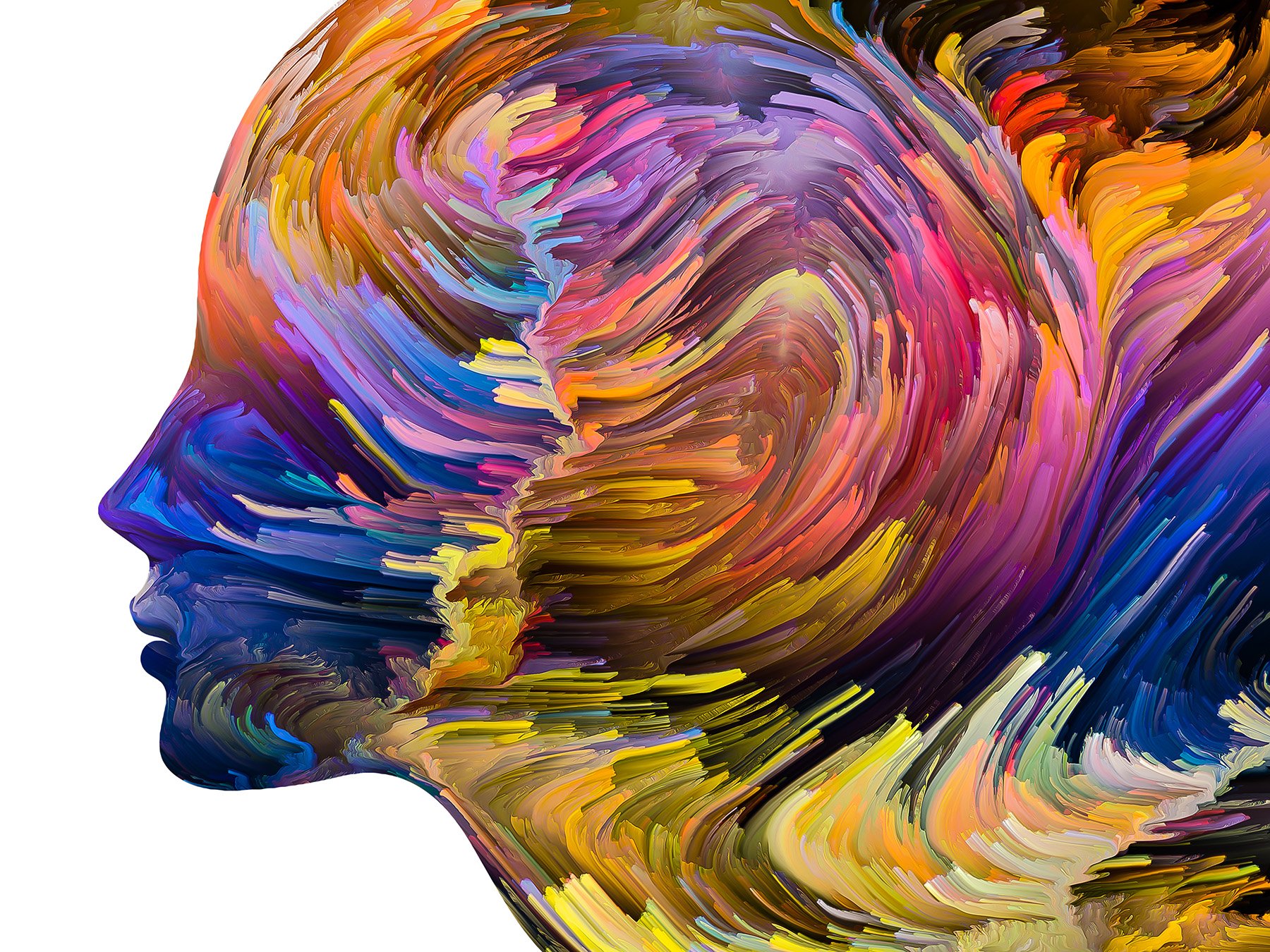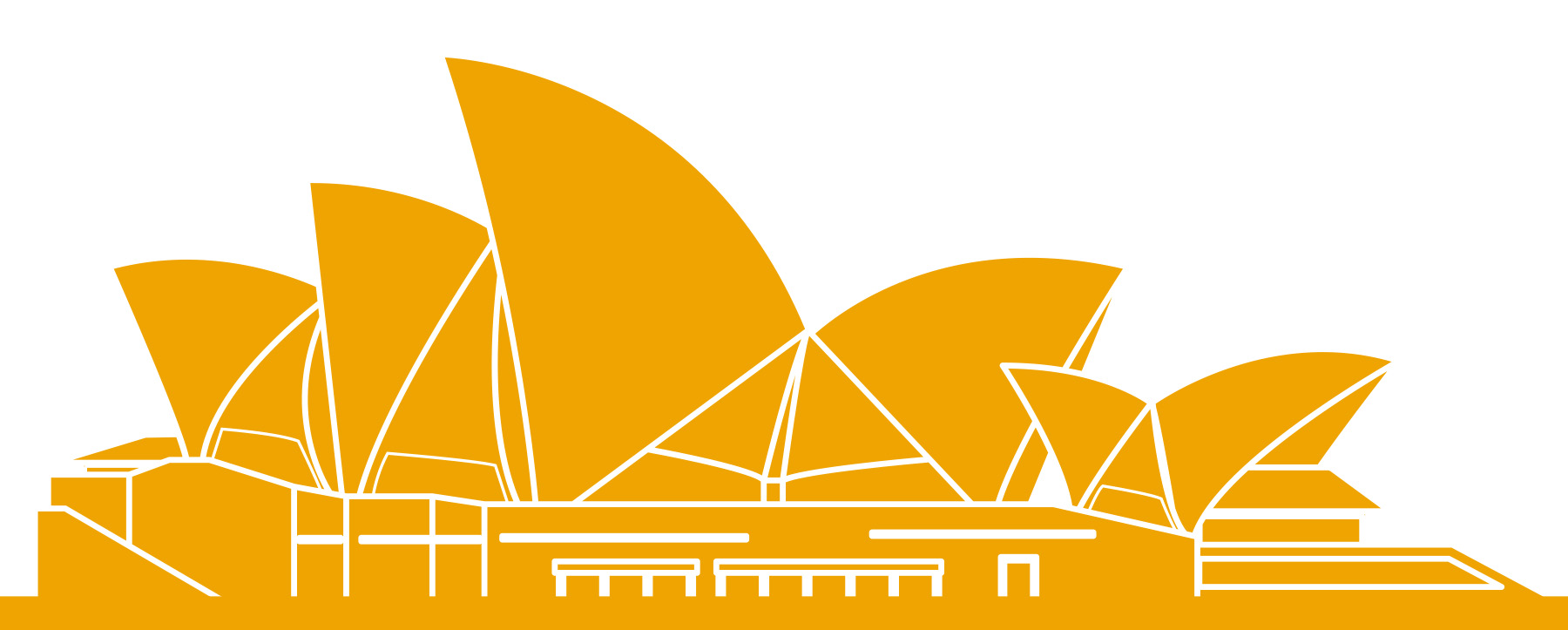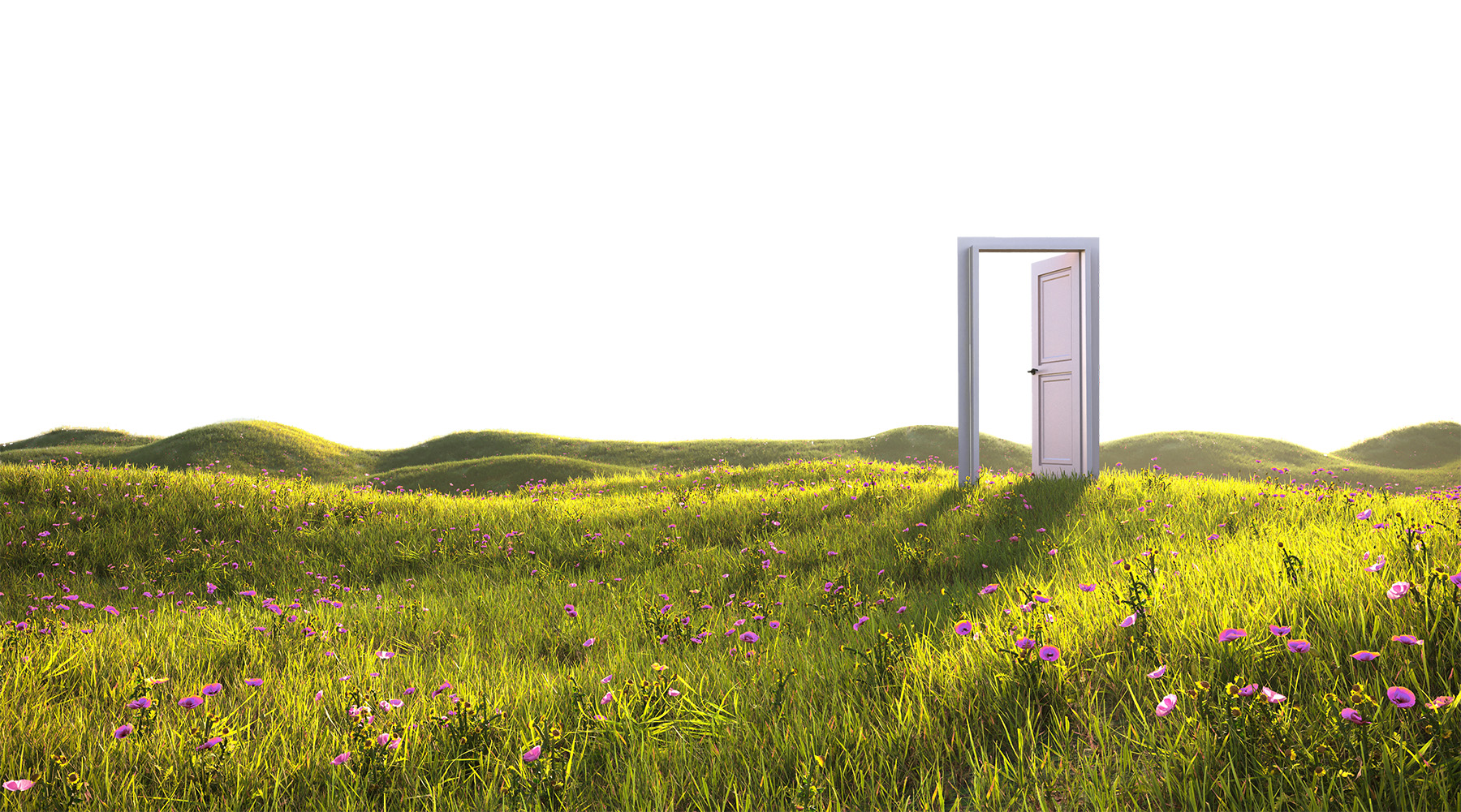
By Justin Waples, P.E., M.ASCE
Creativity is a vital part of being human. It is also a vital part of being an engineer.
“The longer you pause, the further on your journey you will be.” I happened to be visiting an old church in Évora, Portugal, a few years ago when my eyes caught these sage words. Translated from Portuguese, they constitute the last line of a poem attributed to António da Ascenção Teles, a local priest who lived in the 19th century. It is such a simple sentence, but it emanates immense wisdom about this journey we call life — one of thought and philosophy, creativity and design, and wonder and curiosity.
In my youth — decades before the invention of the internet — I would wile away oppressively hot summer days in rural Australia looking for ways to sate my curiosity and desire to dream. In the mornings, I’d look under rocks for strange and poisonous insects to observe, and in the afternoons, I’d often lie on my back in the shade of a eucalyptus tree watching for occasional clouds that dared to interrupt the vast blue sky. Like most children back then and even today, I would frequently ask that simple but deeply philosophical question, “Why?”
It is certainly a question I’ve asked myself many times, from childhood to my time serving on submarines for the Royal Australian Navy to now as an environmental engineer. At the most fundamental level, asking why is an open-ended question that encourages the respondent to elaborate beyond a binary yes or no answer. But perhaps more importantly, it opens the door to our immense creative potential as humans and more specifically for us as engineers as we design and build the infrastructure of today and tomorrow.
The path
One step in my journey of curiosity and self-study led me to the ASCE INSPIRE 2023 conference in Arlington, Virginia, in November. At the conference, I had the honor to present a concept I tagged “the human in the engineer.” The session was an unconventional call to the conference attendees to reflect upon and rekindle the immense value we as humans bring to engineering in this burgeoning age of artificial intelligence. It was also an invitation for the audience to explore how we can enhance our capabilities as engineers by making a conscious effort to tap into the innate creativity within each of us and use that creativity to foster the engineering solutions that our society needs today.
ASCE’s Future World Vision initiative also featured at INSPIRE, and its inclusion was not just to stimulate and motivate us as civil engineers. Instead, it was, and is, a call to action for us to harness our creative intellect to develop a future built environment characterized by resilient societies propelled by circularity and sustainability while supporting biodiversity.
For many of us, our modern lifestyles are driven by information anxiety and cognitive overload. This cognitive overload frequently monopolizes our headspace, negatively impacting our creativity and reducing our true potential as engineering innovators.
As engineers, we are evolving with this modern world, working at such a fast cadence that it is testing our endurance as humans. However, our physiology is not evolving in parallel with our habits. Our headspace, if you will, is often struggling due to a lack of (figurative) bandwidth as we juggle our heavy work schedules.
To go further, burnout in the workplace is becoming increasingly prevalent. Burnout — one of the effects of cognitive overload — signifies a state of physical and mental exhaustion caused by excessive and prolonged stress. The commercial realization of AI in the engineering industry presents the opportunity for us to be more decisive with our time, giving us moments to spark a revolution in creativity, the likes of which we have never seen in the history of modern civil engineering.
Conventional, linear engineering problem-solving approaches that rely on structured, step-by-step processes of analysis and decision-making to solve civil engineering challenges worked well in the past. However, the accelerating pace of environmental and social change requires us to innovate. We need to truly value and invest further in our inherent and enduring human qualities to ignite a new level of creativity in engineering to fuel the needed innovation.
Some of the world’s most successful companies actively strive to propagate a culture of discovery. Creativity fuels innovation, and innovation fuels competitiveness. In the January-February 2023 issue of Harvard Business Review, the article “Cultivating the Four Kinds of Creativity” emphasized the importance of creativity in business, revealing that these companies now view it as a core competency required for employees at all levels.
Looking macroscopically, however, in the U.S. and globally, we are seeing a decline in overall creativity. Such articles as the December 2019 online Washington Post article “Should we worry that American children are becoming less creative?” and more recently, in July 2022, Bloomberg’s online article “How to Reverse the West’s Creativity Crisis,” among others, show that its disappearance is being noticed.
Creativity is a fundamental and essential component to developing the civil engineering solutions of tomorrow. Because society is looking to civil engineers to address the climate crisis and improve the resilience and sustainability of our infrastructure, it’s time for us to take a fresh look at creativity and how it can propel the development of the solutions of tomorrow.
Many of the world’s icons of the built environment, whose success depended on creative engineering, were highly controversial at the time of their inception. Be it the Chrysler Building in New York City or the Eiffel Tower in Paris, the engineers behind them went beyond convention, facing ridicule and heated criticism. These engineering leaders held their own, though, and their structures became celebrated cultural landmarks the world over. Let’s reflect upon one of these engineering icons that took the road less traveled: Australia’s Sydney Opera House.
Completed in 1973, the opera house’s daring design was brought to life by Danish architect Jørn Utzon. Engineered with a seawater cooling system, a chilled ceiling in one theater to control its interior air temperature, and self-cleaning, glazed exterior tiles, the opera house was well ahead of its time in aesthetical and engineering terms. The talented team of engineers was led by Danish-British engineer Sir Ove Arup, who toiled in concert with Utzon to preserve the original architectural elements set forth in the design.

The Sydney Opera House continues to be Australia’s most iconic civic structure, and due to an expected design life of 250-plus years, it will continue to be one of the Southern Hemisphere’s most celebrated cultural icons for decades to come.
Arup is quoted as having said, “Engineering problems are underdefined: There are many solutions, good, bad, and indifferent. The art is to arrive at a good solution. This is a creative activity, involving imagination, intuition, and deliberate choice.” Was it purely coincidental that he, having first pursued philosophy before then pursuing an engineering degree, developed such a philosophical perspective on the characteristics needed to be an engineer? Arup’s words still hold true today and reinforce the importance of humans in the engineering process. These qualities cannot be liberally delegated to AI.
When we fully commit to achieving a goal, no matter how grand — like Utzon, Arup, and others — we frequently rise to the call and develop solutions to make daring goals possible. What if each of us as civil engineers could tap into the depths of our true creative potential to achieve our own moonshot for society and humanity?
But before we journey down that path to explore how each of us can enhance our creativity, let’s first unpack two aspects of our mental and physical anatomy that influence the path toward creativity: unconscious biases and neural pathways.
The complex human
Each of us has unconscious biases. They are part of what makes us human, and for better or worse, they help us process information more quickly. We use biases when we make judgments or decisions based on our past experiences, thoughts, and interpretations. In some ways, there are parallels between AI and our biases. Our unconscious brains are continually scanning to recognize patterns or trends in information. We are often predisposed to lean toward thoughts or processes that are more familiar to us than those that are not, even if the unfamiliar is the optimal choice.
As engineers, we make thousands of decisions each day, and we search for patterns in data and information. We perhaps have more of this tendency than other people, as it is one of our default vocational competencies. However, biases can be constructive or deconstructive. The challenge arises when our conscious mind is not cognizant of our unconscious processes — as citizens of the world and as civil engineers. When we are under time constraints or stressful situations, our unconscious biases unfortunately push themselves further to the fore. One type of unconscious bias is confirmation bias: focusing on information that aligns with our preconceived ideas.
If our biases influence early decisions in a project and they are not checked, a project can evolve based on an unconscious bias, resulting in an inferior end product. That is why incorporating independent peer reviews into aspects of critical projects is so important. We are far more capable of identifying biases in others than in ourselves.
Two other approaches to monitor unconscious bias are practicing self-reflection and keeping a written narrative of decision-making processes for projects.
We make a habit of getting to our office by a particular route, a task that becomes so familiar to us that sometimes our brains “check out,” and we arrive at the destination having no memory of how we got there. By the very nature of how we are educated and trained to become engineers, the neural network develops certain pathways that are more dominant than others. It makes our thought processes more efficient.
A prevailing myth is that engineers rely more heavily on the analytical and logical parts of their brains, while those in other professions rely more heavily on the parts responsible for creativity and testing possibilities. That is true to some extent, but just because engineers frequently exercise particular neural pathways that pertain to analytical thinking doesn’t mean we are any less capable of tapping into the creativity of our brains.
The good news is that if we choose to engage the creative parts of our brain more often, we can leverage the inherent creativity that is within us. We can cultivate our creativity by using four essentials: breathing, art, nature, and the beginner’s mind.
An open door
Scientific studies in recent years have illuminated that our modern and often sedentary lifestyles are hindering our natural physiological breathing processes. Many of us, for large parts of every day, subconsciously change our respiration from deeper breaths to shallower ones. This shallow breathing is a human response to the stress of the modern work environment, a mild form of the fight-or-flight response. It also contributes to our bodies being in a state of tension, which is not conducive to any type of innovation.

According to “Relaxation techniques: Breath control helps quell errant stress response,” an article published by Harvard Medical School, practicing deep breathing can help reduce stress and potentially reduce the risk of disease. Mindful breathing is a form of meditation, and meditation is just one of many tools to fuel creativity.
Engaging with art also brings our potential for creativity to the forefront. Whether it be visual or audible in nature, art encourages the development of new neural pathways that spark our imaginations. Just like the meditative experience of sitting quietly, when we engage with art and focus our attention on the present, we are participating in an experience that calls upon all our senses.
Nature plays its part too. Whether walking to the local park, climbing a mountain, or swimming in a lake, engaging with nature — as with art — puts us in the present and in a more mindful state of being, which reduces our stress levels and provides opportunities for creativity to then enter our now clearer headspace.
The Japanese practice of shinrin-yoku, or forest bathing (“bathing” or engaging the senses as you walk through a forest), has been extensively studied and has been said to provide numerous benefits, such as reducing anxiety and promoting creativity. Additionally, a 2023 study by Griffith and Andrés Bello universities found that surfing in the ocean not only reduces anxiety and clears the mind but can also improve mental health. Immersion in nature encourages curiosity and creativity and helps us find meaning and an increased sense of purpose.
Lastly, we must open our minds. “In the beginner’s mind there are many possibilities, but in the expert’s mind there are few,” according to Shunryū Suzuki, a Japanese monk who came to the United States in 1959 and helped popularize Zen Buddhism in America. Beginner’s mind encourages us to open our minds and think like a child, to release our inhibitions regarding preconceptions, biases, and preformed expectations. It encourages us to immerse ourselves in our curiosity and cultivate ideas of what could be possible, rather than what is not possible. Practicing a beginner’s mind also requires us to put aside our ego and our sense of self-importance.
As engineers, we diligently continue our journeys of professional development after we graduate, and our competencies evolve as our knowledge as engineers evolves, complemented by experience. However, could such admirable pursuits that are inherent and necessary to the engineering profession present us with a conundrum: an encumbrance to our own creative thinking as engineers?
By slowing down, practicing mindful breathing, and engaging with nature and art, we can encourage our beginner’s mind to reveal itself and the creativity that flows from it.
Creativity will come
The words “humility” and “human” originate from the Latin word “humus,” meaning from the Earth or ground. Appreciating that we alone, by experience or by our position within an organization or within our community, do not have all the answers helps us be open to new ideas and perspectives. When we couple curiosity with intellectual humility, we provide the opportunity to elevate our innovative potential in engineering by an order of magnitude by inviting in and embracing creativity and imagination.
The more I reflect upon Father Teles’ words, the more I appreciate their wisdom and contemporary relevance.
Justin Waples, P.E., M.ASCE, is an environmental engineer for the Central Contra Costa Sanitary District in the San Francisco Bay area.
This article first appeared in the May/June 2024 issue of Civil Engineering as “Creativity and the Engineer.”
Further reading
“Sedentary Time and Its Association with Risk for Disease Incidence, Mortality, and Hospitalization in Adults: A Systematic Review and Meta-analysis”
“Effect of Different Head-Neck Postures on the Respiratory Function in Healthy Males”
“Physical Inactivity”
“The Effect of Smartphone Usage Time on Posture and Respiratory Function”
“Specific Transcriptome Changes Associated with Blood Pressure Reduction in Hypertensive Patients after Relaxation Response Training”
“Relaxation Techniques: Breath Control Helps Quell Errant Stress Response”
“Surfers’ Mental Health Creates US$1 Trillion Economic Wave”
“Mental Health Contribution to Economic Value of Surfing Ecosystem Services”



